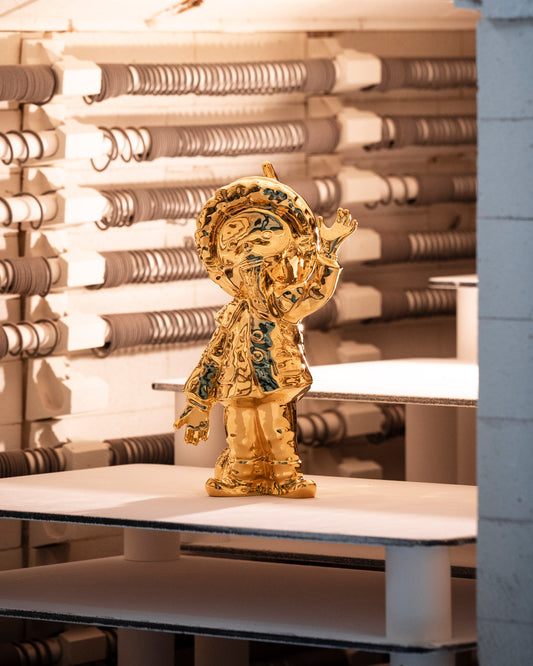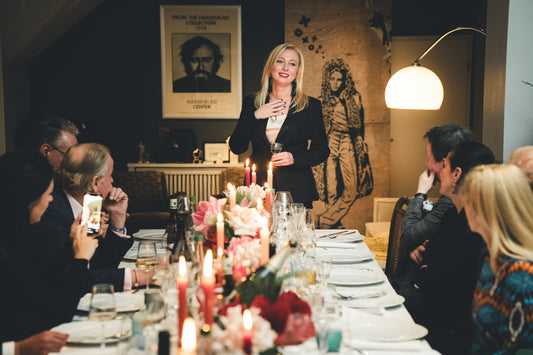THE FOOD CULTURE OF THE PRUSSIAN KING
We literally feel like God in France when we really indulge ourselves. But you don't have to reach so high and far. "Like the kings of Prussia" would be enough. From next year, you can experience how they lived and dined in the Humboldt Forum of the Berlin City Palace. But we have a little foretaste for you in advance...
A chef for every guest
We expect kings to spill less than they spill. We imagine a carefree life of abundance, lavishly laid banquet tables and roast chicken flying into open mouths. Of course, it wasn't quite that lavish, at least not on a daily basis. Frederick the Great 's daily routine, for example, was very strictly timed: after morning coffee, the regent devoted himself to playing the flute, at 9 o'clock the cabinet councillors appeared and from 10 to 11 he gave audiences. Lunch was served punctually at noon and usually lasted three hours. Frederick's dinner parties of seven to ten guests were famous, where conversation was held in French, while 12 cooks took care of the physical well-being in the court kitchen. Hearty and savory dishes were the king's favorites - much to the chagrin of his doctors: cabbage, ham, eel pâté, celery soup, anchovies, pickles, pastries and polenta. The spicier, the better.
Wine and prejudice
Frederick II. devoted himself to making music and his correspondence until coffee, before receiving guests again. From 6 p.m. onwards, the evening banquet took place, again in a small circle, as large banquets with up to 1000 people were an exception, even for the king. The wine served was, how could it be otherwise, of French origin, usually a Bergerac or Bordeaux. Rhine wines were not served in the king's glasses because he blamed them for his father's gout: "If you want to get a foretaste of being hanged, you have to do nothing but drink Rhine wine", he is said to have once said.- How ironic that he himself later died as a man afflicted with gout.
The king's favorite service
To the extent that he brought bad publicity to the wine of the Rhine region, Frederick the Great was a lover of porcelain. When he acquired the Royal Porcelain Manufactory in 1763, he himself became its best customer. From 1774, tableware made from the white gold replaced the silver plates that had been common in the palace up until then. His favorite service was the NEUZIERAT designed by Frederick Elias Meyer in 1767. The elegant relief of leafy vines, flowers and rocailles on the flag artfully framed the delicacies on the plates. The special feature: the color scheme of gold and the matte blue tone so beloved by Frederick , Bleu mourant, which means "dying blue" - a term that is reminiscent of the slightly bluish complexion of people who become dizzy and from which the winged word "blümerant" has developed.
The pure white version of NEUZIERAT, whose shape has remained unchanged to this day, has survived through the ages. If you too would like to dine like Frederick the Great, this service will add a touch of graceful splendor to your table at home. What from the royal menu would you rather serve? Cabbage soup à la Fouqué with partridge and bacon or chicken with English-style stuffed cucumber?


